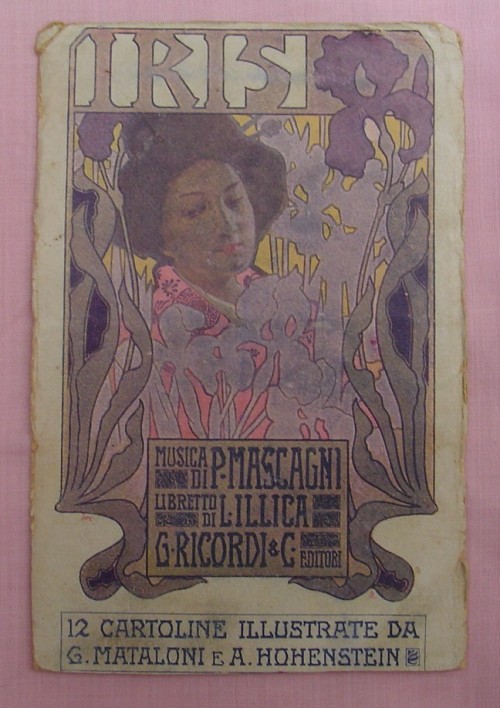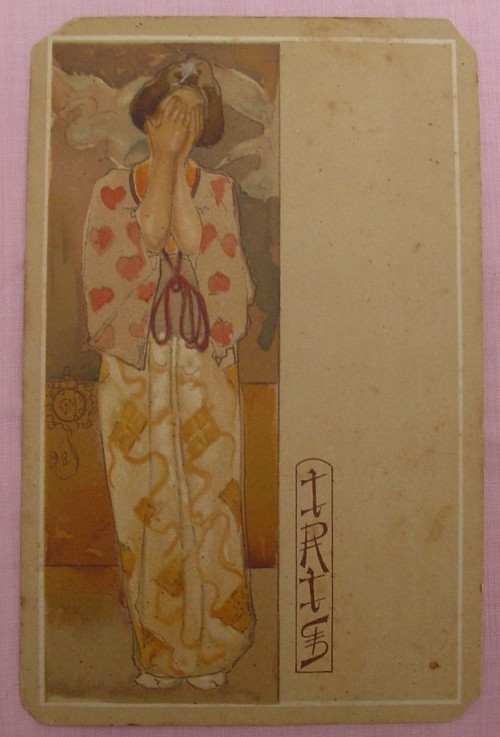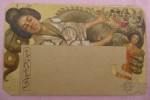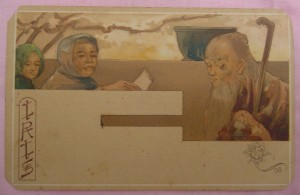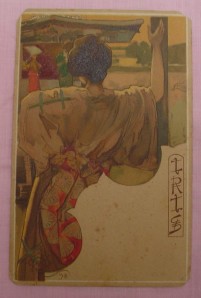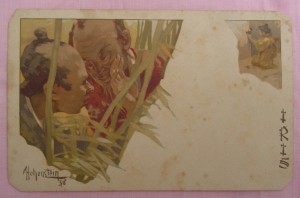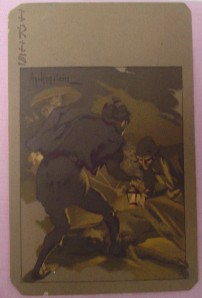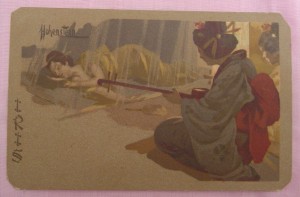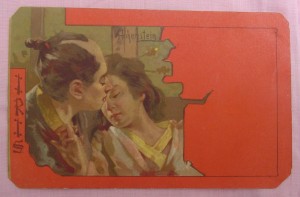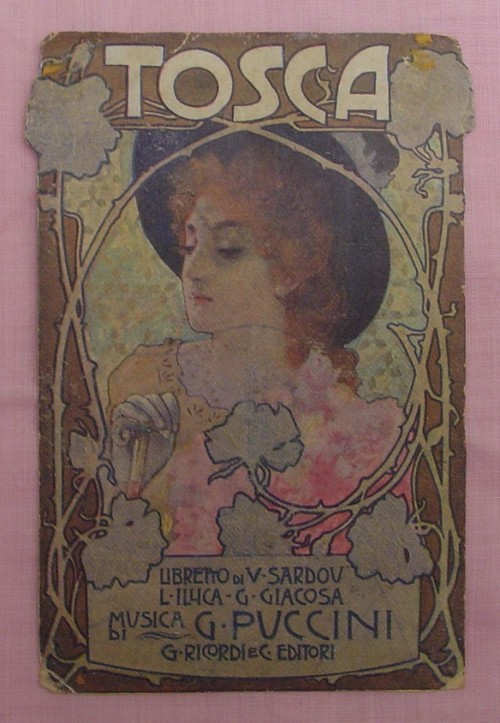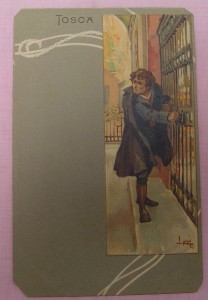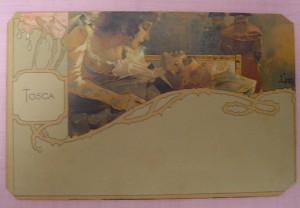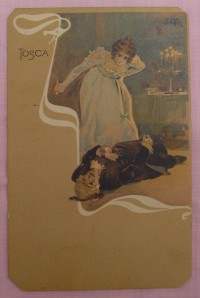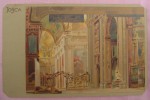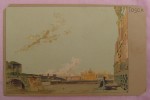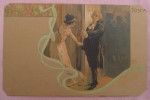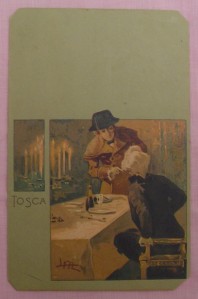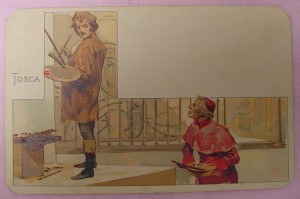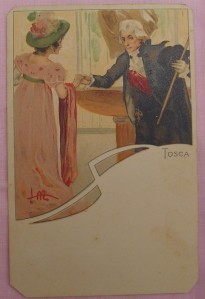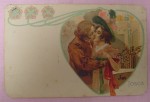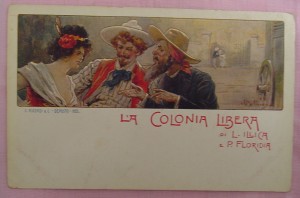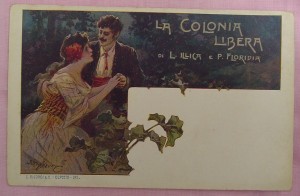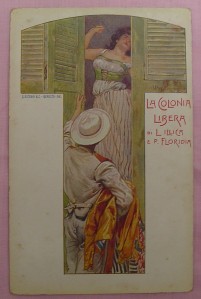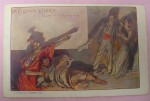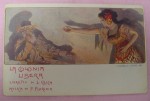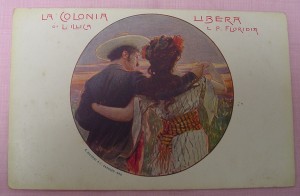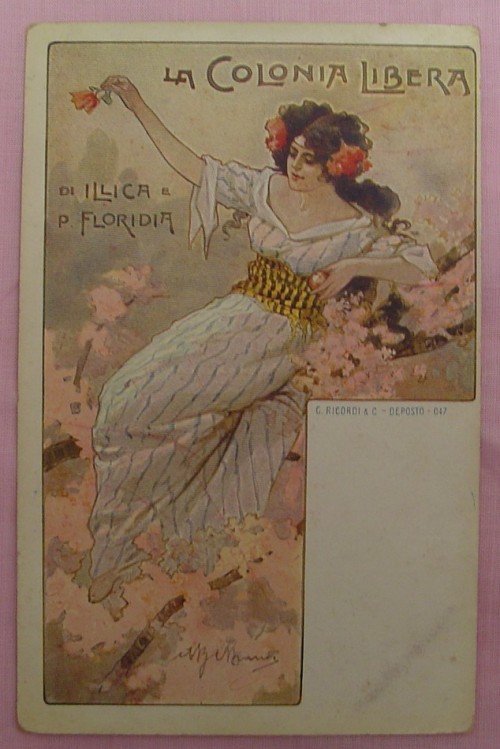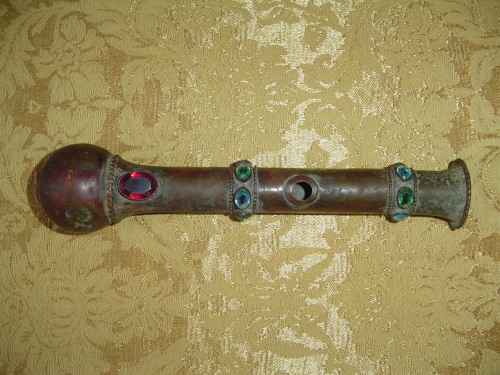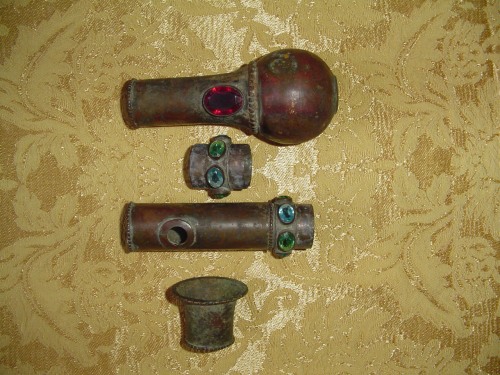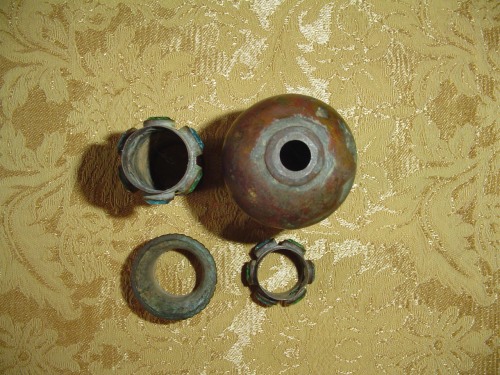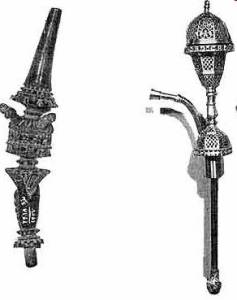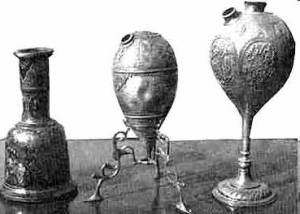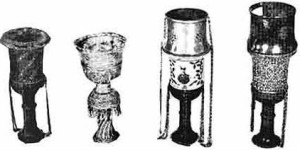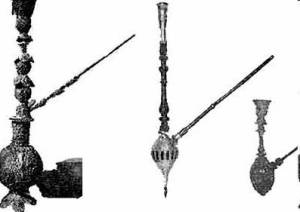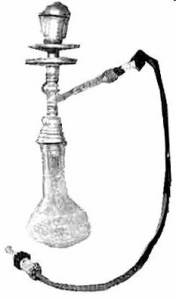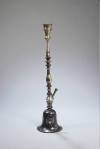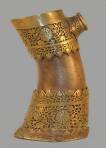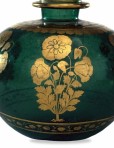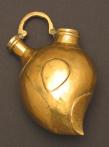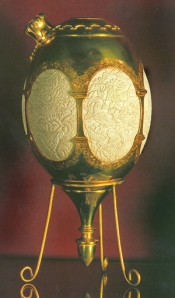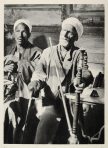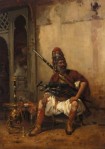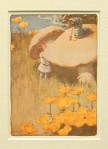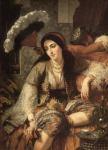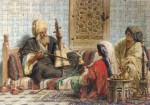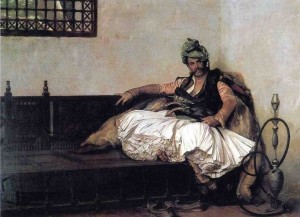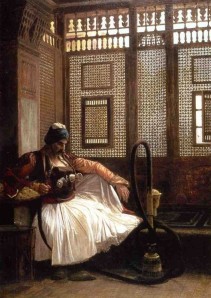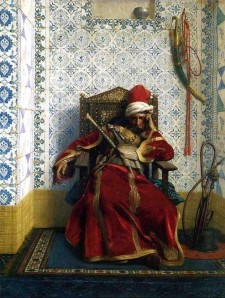This is a wonderful vintage cotton hanky with Donald Duck and his three nephews Huey, Dewey and Louie on a nautical adventure. This little piece of Disney history would look wonderful framed in a vintage frame. It is signed C.Walt Disney Productions in the lower left, and measures about 8.5″ square. Aside from a single hole, the condition is very good.
Other Examples
These images are used to show examples of Donald Duck handkerchiefs:
Interesting Facts about Donald Duck
– Hake’s Americana & Collectibles has sold the first Donald Duck model sheet, created in 1934 for the Disney cartoon The Wise Little Hen, for a record-breaking $75,000.
– Donald Duck’s middle name is Fauntleroy.
– Donald Duck comics were never banned in Finland, because the character doesn’t wear pants. That is just an urban legend. In a meeting held in Helsinki regarding youth affairs a candidate for Finland’s liberal party, Markku Holopainen, proposed that the country save money and promote fitness by replacing the Donald Duck comics it was providing to youth with sports magazines, which were cheaper at the time. The proposition was heartily approved by all of those in attendance.
– Donald Duck is the mascot of the University of Oregon.
– Donald has a star on the Hollywood Boulevard Walk of Fame.
– It has been said that Mickey Mouse represents what we should be, while Donald Duck represents what we are.
– Donald’s temperament is the one thing that stands between Donald and Daisy.
– He usually wears a sailor shirt, cap, and a red or black bow tie, but no trousers (except when he goes swimming).
– Huey, Dewey and Louie Duck are the sons of Della Duck (Donald Duck’s sister) and of her husband (who remains unknown). As identical triplets, Huey, Dewey and Louie are impossible to tell apart.
– Today, Donald Duck is recognized by people of all ages, the world over. His face appears on lunch boxes, T-shirts, and thousands of other products.
Donald Duck’s name in…
Arabic: بطوط (Buttoot)
Bulgarian: Доналд Дък
Chinese: 唐老鴨 (Tang Lao Ya)
Czech: Kačer Donald
Danish: Anders And
Dutch: Donald Duck
Estonian: Piilupart Donald
Faeroese: Dunnaldur Dunna
Finnish: Aku Ankka
French: Donald Duck
German: Donald Duck
Greek: Ntonalt Ntak – Ντόναλντ Ντακ
Indonesian: Donal Bebek
Italian: Paolino Paperino
Japanese: ドナルドダック (Donarudo Dakku)
Korean: 도널드 덕
Latin: Donaldus Anas
Polish: Kacer Donald – Kaczor Donald
Portuguese: Pato Donald
Russian: Donald Dak – Дональд Дак
Sámi: Vulle Vuojaš
Serbo-Croatian: Paja Patak (Serbia); Pajo Patak (Bosnia/Croatia in ex-YU); Patak Pasko (Croatia today)
Slovene: Jaka Racman
Spanish: El Pato Donald
Swedish: Kalle Anka
Turkish: Vakvak Amca – Donald Amca
Vietnam: Vịt donald
Carl Barks
(27/03/1901 – 25/08/2000, EE.UU.)
Carl Barks is the foremost Duck artist of them all, and many consider him as the best comics creator of all time.
Ode to the Disney Ducks
by Carl Barks
They ride tall ships to the far away,
and see the long ago.
They walk where fabled people trod,
and Yetis trod the snow.
They meet the folks who live on stars,
and find them much like us,
With food and love and happiness
the things they most discuss.
The world is full of clans and cults
abuzz as angry bees,
And Junior Woodchucks snapping jeers
at Littlest Chickadees.
The ducks show us that part of life
is to forgive a slight.
That black eyes given in revenge
keep hatred burning bright.
So when our walks in sun or shade
pass graveyards filled by wars,
It’s nice to stop and read of ducks
whose battles leave no scars.
To read of ducks who parody
our vain attempts at glory,
They don’t exist, but somehow leave
us glad we bought their story.























































































































































































































